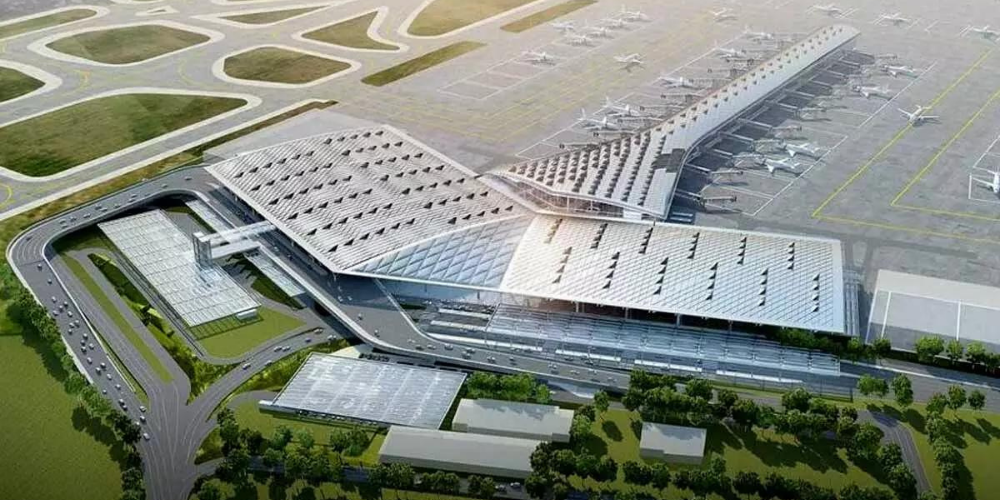
Union Transport and Highways Minister, Nitin Gadkari, recently unveiled promising news for Delhi commuters and air travelers. He announced that the Urban Extension Road 2 (UER 2), a pivotal ring road project in Delhi, is on the brink of inauguration, poised to significantly diminish travel time within the city. With this landmark project, reaching the Indira Gandhi International (IGI) Airport will be a swift 20-minute drive from any location in Delhi, a considerable improvement from the current two-hour journey.
During his address to the Indian diaspora at the 27th World Road Congress in Prague, Gadkari detailed the imminent operationalisation of UER 2. He explained that this road, functioning as a critical connector, will provide direct and rapid accessibility to Terminal 3 (T3) of IGI Airport. A significant feature of this project is a massive tunnel constructed at Shiv Murti junction, designed to facilitate smooth transit to T3 from beneath the airstrip.
“The new road, expected to be functional in the upcoming two to three months, promises to be a panacea for the notorious traffic congestion in the bustling capital, offering relief and efficient connectivity for travelers heading to the airport and other city areas,” Gadkari expressed during his Prague visit. This development is not only anticipated to expedite travel to the airport but also to alleviate the city’s infamous traffic gridlocks, thereby enhancing overall urban mobility and connectivity.
The UER 2 project is a testament to the Indian government’s dedication to improving infrastructure and transportation, aligning with the broader objective of facilitating ease of living for its citizens. The new road will also undeniably support the bustling economic activities in and around Delhi, providing a much-needed boost to the city’s commerce and industry by ensuring swift movement of people and goods.
Additionally, Gadkari illuminated India’s audacious objective of morphing into the globe’s premier automobile manufacturing hub within the forthcoming three to four years. He underscored the exponential growth witnessed by the Indian automobile sector, which burgeoned from Rs 4.5 lakh crore to Rs 12.5 lakh crore in a span of nine years, generating employment for approximately 45 million individuals nationwide.
The minister articulated the government’s resolute commitment to phasing out reliance on conventional fuels like diesel and petrol. Envisioning a future fueled by cleaner and more sustainable energy sources, Gadkari cited the example of Nagpur, where vehicles, ranging from tractors and buses to cars, are powered by bio-CNG. This transition epitomises the minister’s dream of liberating India from the clutches of traditional fuels, a challenging yet attainable goal that aligns with global sustainability aspirations.
.thumbnailWrapper
width:6.62rem !important;
.alsoReadTitleImage
min-width: 81px !important;
min-height: 81px !important;
.alsoReadMainTitleText
font-size: 14px !important;
line-height: 20px !important;
.alsoReadHeadText
font-size: 24px !important;
line-height: 20px !important;








![Read more about the article [Funding alert] Hyderabad-based agritech startup Our Food raises $6M](https://blog.digitalsevaa.com/wp-content/uploads/2022/01/agritech-1590421634963-300x150.png)
![Read more about the article [Funding alert] Prescinto raises $3.5 M in seed round led by Venture Catalyts and Inflection Point Ventures](https://blog.digitalsevaa.com/wp-content/uploads/2021/03/Imagewf2p-1607509774638-300x150.jpg)

